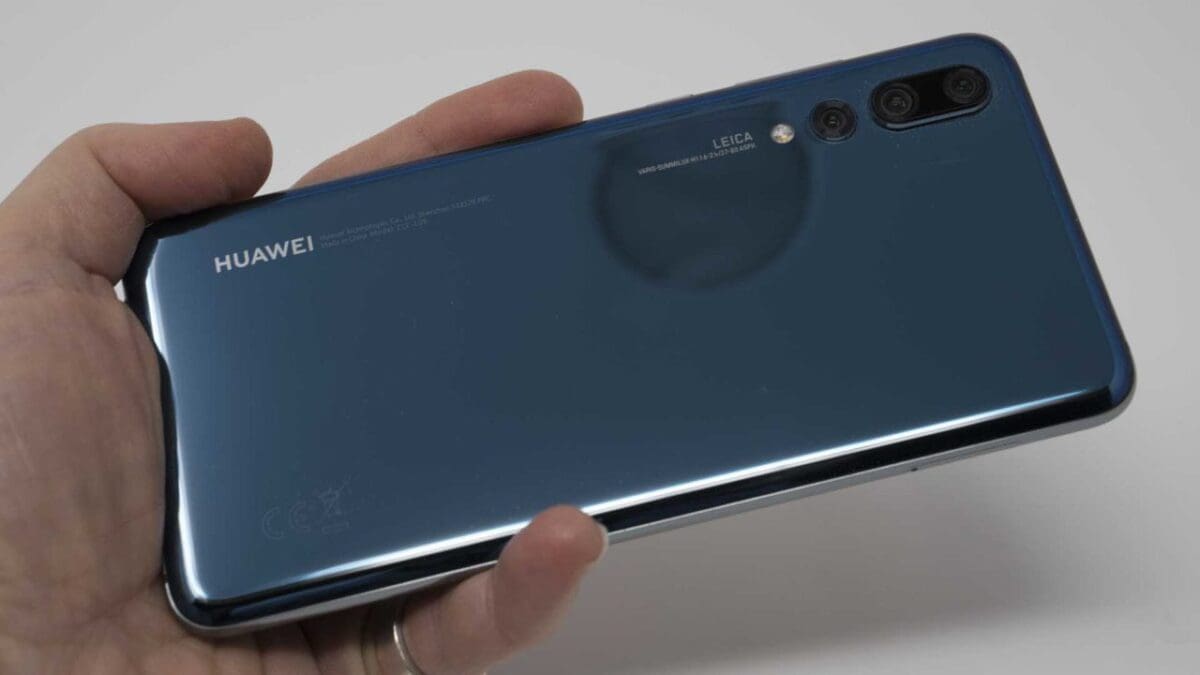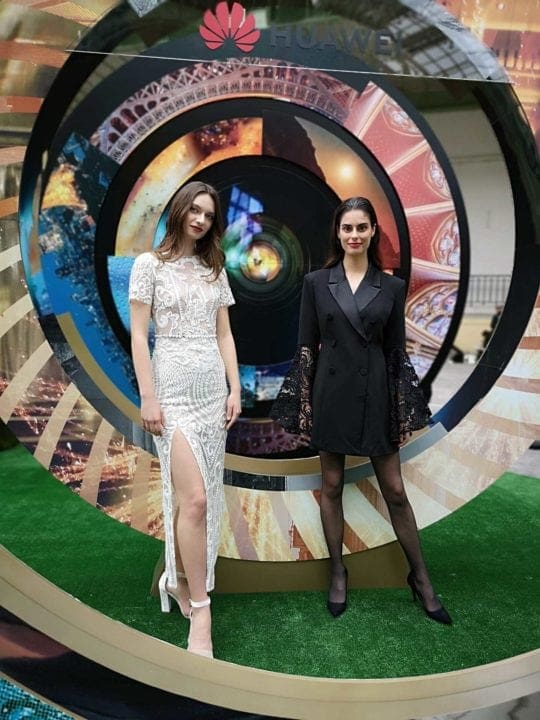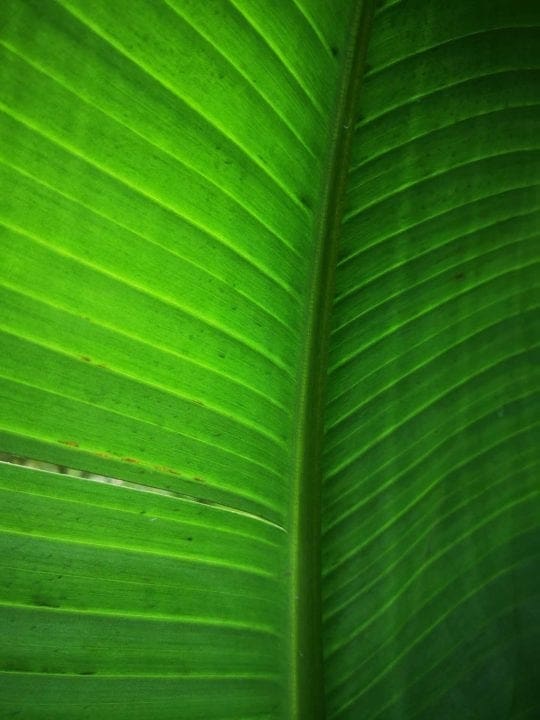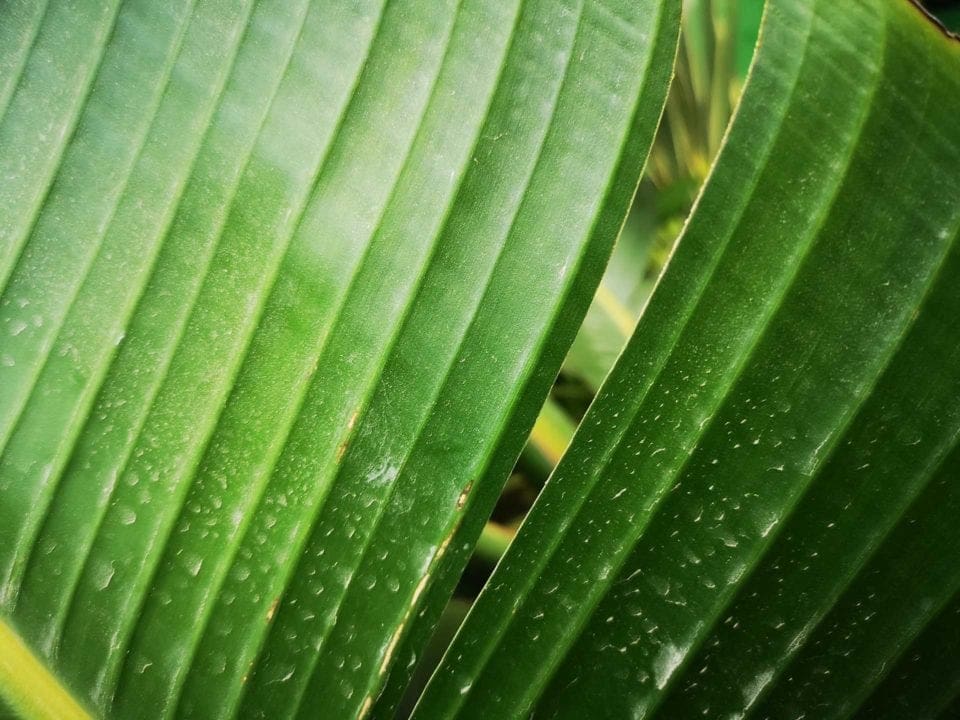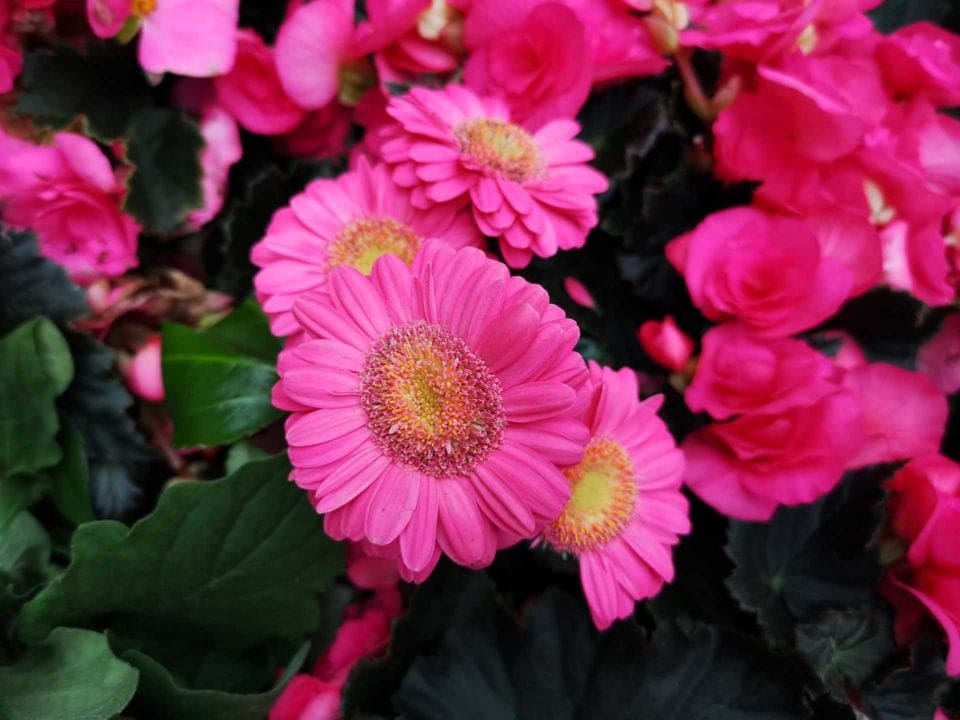What is the Huawei P20 Pro?
The Huawei P20 Pro is Huawei’s flagship smartphone and it sits above the Huawei P20 in the company’s line-up. It runs on Android 8.1 Oreo and has a triple-camera system developed in tandem with Leica.
Labelled Leica Vario-Summilux-H1.6-2.4/27-80 ASPH, the triple camera combines a 1/2.78-inch 20Mp f/1.6 monochrome camera with a 1/1.73-inch 40Mp RGB (colour) f/1.8 wide-angle camera and a 1/4.4-inch 8Mp f/2.4 telephoto camera.

This makes 68Mp in total. However, Huawei’s Light Fusion Technology combines the information from the three sensors so by default images are output at 10Mp. This helps deliver better image quality as noise levels are lowered and dynamic range is extended.
If you prefer, images can be output at 40Mp. This sacrifices the ability to use the zoom function (see below for details) and it reverts to 10Mp when any of the subject shooting modes (Night, Portrait, Light Painting etc) are selected.
Using different focal length lenses equivalent to 27mm and 80mm enables the camera to zoom to 3x optically (80mm. There’s also a digital zoom that enables up to 5x zoom (the equivalent of 135mm).
Artificial Intelligence (AI)
As in the Huawei Mate 10 Pro, the P20 Pro has artificial intelligence (AI) that helps the camera understand the subject and apply appropriate settings. The list of identifiable subjects includes cats, food, natural colours, close-up, night shots, text, greenery, portrait, dogs, fireworks, blue sky, flowers, stage, document, sunset, snow, waterfall and beaches.
When the camera detects one of these subjects in the standard Photo mode, it displays an icon on the screen. I found this worked well with the Mate 10 Pro. We are told that the P20 is even more sophisticated and able to identify a wider range of objects, such as different types of food for example, and apply different settings/processing accordingly. It managed to identify just about everything that I pointed it at.
The AI can also help with image composition and in some modes, the P20 Pro’s camera detects elements such as the horizon and suggests that you straighten the phone before taking the shot. It may also suggest framing a group shot a little wider to make the image look less cramped.
There’s also 4D predictive focus and AI to help the camera to track a moving subject such as a flower waving in a breeze .
In addition, the P20 Pro has a two-tone flash unit with a colour temp sensor built-in to look at the ambient light and adjust the flash to match.
Aperture mode
Another reason for using more than one camera unit is to enable Aperture (also known as portrait or bokeh mode). When this is used the background can be blurred more than would normally be possible with a small sensor to replicate the appearance of images shot at a wide aperture with a camera with a large sensor.
In some modes, for example, Portrait mode, the P20 Pro automatically activates Aperture mode and there’s no need to select it.

Images shot in Aperture mode are tagged with an aperture icon and tapping it in review mode allows you to adjust the point of focus and the aperture. The widest aperture available is f/0.95, which gives very shallow depth of field (take a look at our sample images page for an example), while the narrowest is f/16 which renders much more of the image sharp.
Stabilisation
Huawei claims that the stabilisation system in the P20 Pro, which is aided by AI, enables handheld exposures of up to 8 seconds to be made. I haven’t shot an exposure quite that long but I’ve taken several that are a few seconds long and the images are impressively sharp.
You can’t turn the stabilisation on or off in stills mode, it kicks in when it’s required or the shooting mode makes it necessary. It works in Night mode for example, and the camera composites several image files to make one sharp, correctly exposed shot. Traffic Trail mode (found within Light Painting mode), however, is a tripod-only mode as the stabilisation doesn’t help.
The stabilisation can also operate in video mode and it is very effective, making footage shot when you’re walking watchable. You can see a quick test of this feature in the video below.
The video below was shot at 2160×1080, the highest resolution available with stabilisation. It shows the impact of turning the stabilisation on when walking. The footage becomes much more watchable, but there’s a ripple or jello effect (rolling shutter) noticeable on the left of the frame.
Pro Mode and Raw File shooting
In addition to jpegs, it’s possible to shoot raw files with the P20 Pro. This option is located within the settings options of Pro shooting mode. If you switch away from Pro mode, the camera reverts to just shooting jpegs.
Pro mode gives you control over the metering mode, shutter speed, sensitivity (ISO), exposure compensation, focusing mode and white balance setting. While these are enticing for experienced photographers, you lose some of the magic of the P20 Pro. You can’t use the Aperture mode, for example, to blur backgrounds.
Intelligent Gallery
Once you’ve registered and signed into a Huawei Cloud gallery, up to around 100 tags can be applied automatically to your images. This effectively divides your images into album groups with headings such as ‘Highlights’, ‘People’, ‘Things’ and ‘Location’.
Surprisingly, given the P20’s ability to identify flowers and foliage, I found photographs of flowers in an album called ‘Landscapes’ under the ‘Things’ banner. I also take issue with its definition of ‘Sun in England’ which turned out to be a collection of shots I’d taken on a very wet day out with my dog.
Those images that the algorithm deems to be better will also be shown larger in the gallery view.
Key Specifications
- 6.1inch AMOLED screen
- Kirin 970 processor with NPU Chipset
- 64GB/128GB Memory
- 4000mAh 4.5V 5A SuperCharge battery
- Leica Triple Camera: 20Mp f/1.8, 40Mp f/1.6 and 8Mp f/2.4
- Front camera 24MP f/2.0
- Raw file shooting
- EMUI 8.1/Android 8.1 Oreo
- IP67 – water and dust resistant
Build and Handling
The P20 Pro has a high-quality feel with a 6.1-inch 2240×1080 OLED display that has an aspect ratio of 18.7:9. It’s only 7.8mm thick and although some bezel is required to accommodate the camera, the majority of the body is glass.
It’s rated as IP67 for dust and waterproofing .
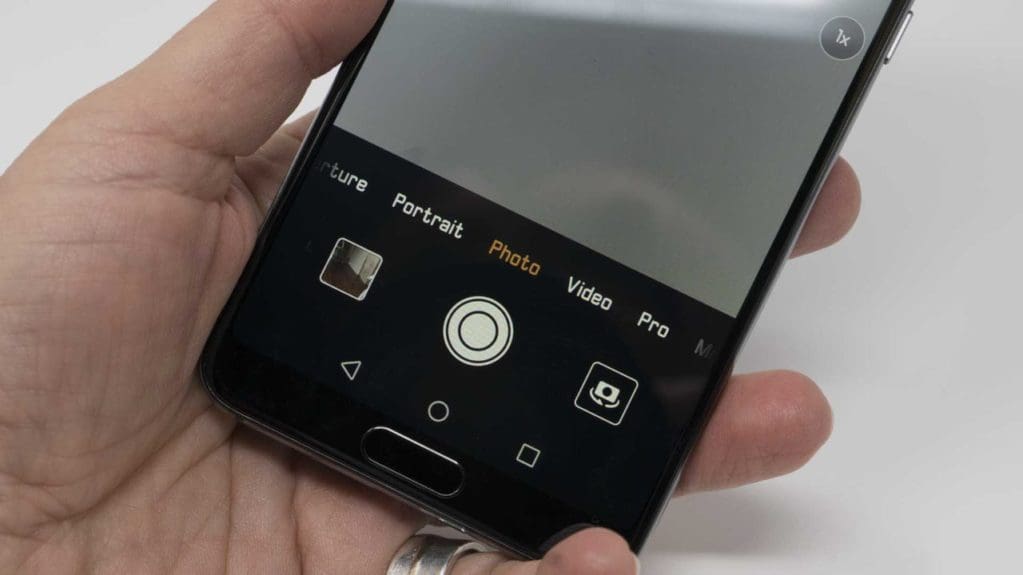
As I mentioned earlier, the P20 Pro runs on Android Oreo so the camera control follows a familiar pattern.
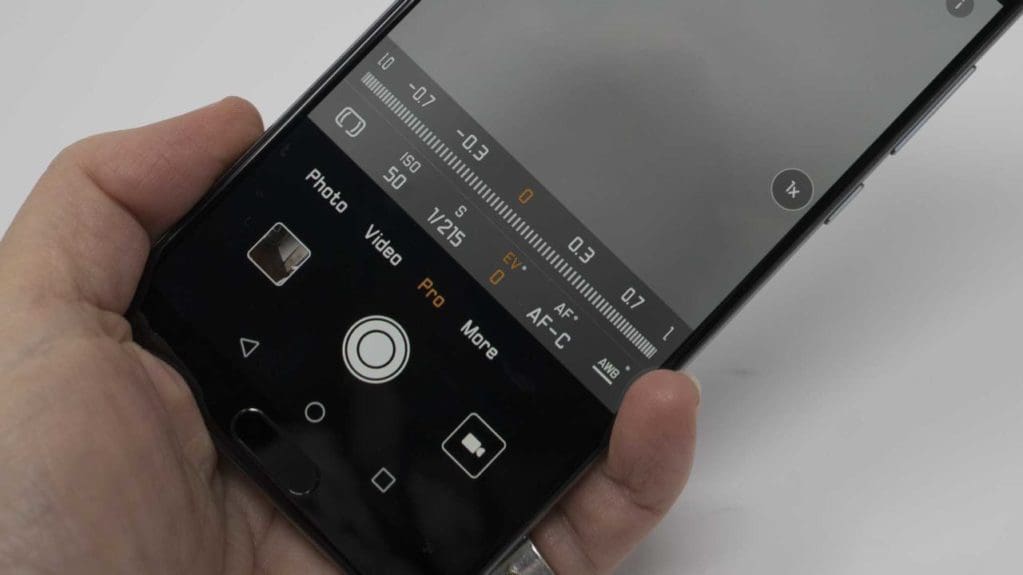
In addition to the standard Photo mode that sets the camera to operate automatically, the native camera app has a selection of scene modes and Pro mode. As mentioned earlier, this allows you to control key aspects such as the metering mode, sensitivity (ISO), shutter speed, exposure compensation, focus mode and white balance.
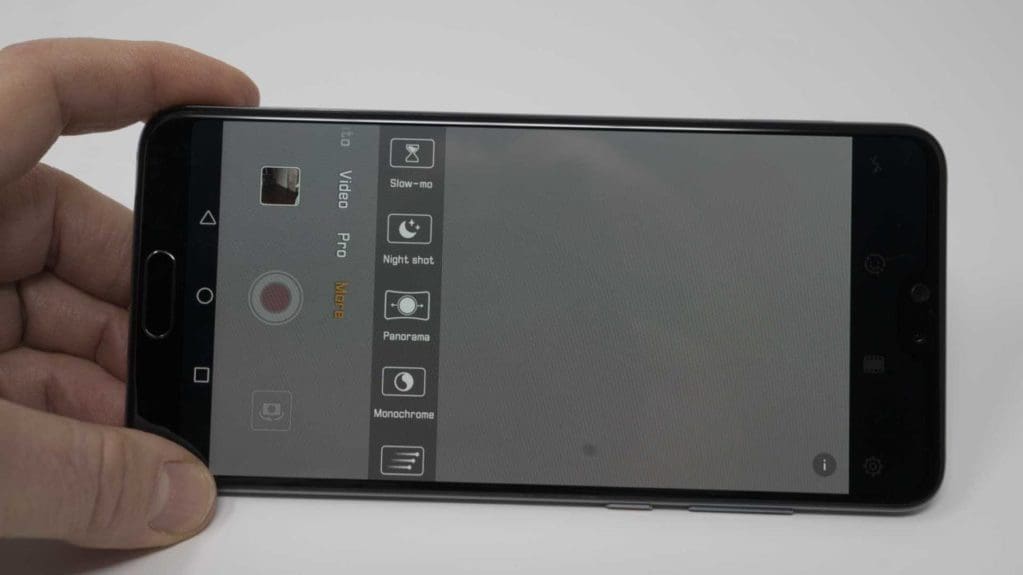
Nested under the ‘More’ option there’s also a host of shooting modes for specific scenes/subjects like Light Painting, Night Shot and Panorama.
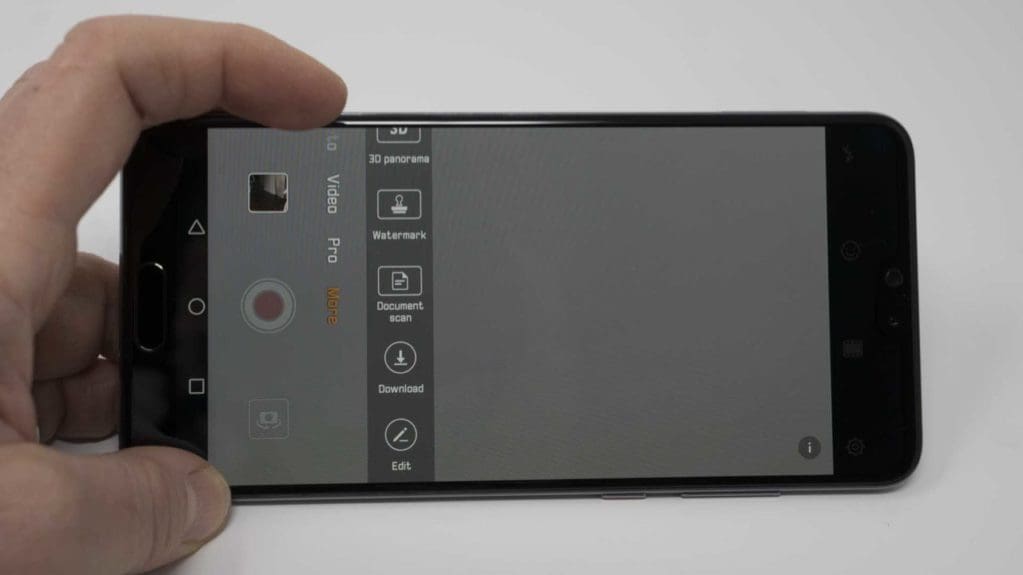
Screen
The P20 Pro’s screen provides a very sharp, clear view of the scene and of your images so they really seem to stand out. However, in its default settings the colours are over-saturated, making scenes look unnatural. Thankfully this can be dealt with easily, just head to the Settings option, tap Display, followed by Colour & eye comfort and then activate the Natural tone option. Suddenly images will look much better on-screen.
Performance
In smartphone terms the P20 Pro has a large primary sensor (1/1.73-inch) and this, plus its AI, helps it deliver very good images in a wide range of conditions. Images generally have lots of detail and noise is controlled well in low light conditions.
As I mentioned earlier, the image stabilisation is also extremely good and shots that you’d expect to be blurred by those inevitable camera movements that happen during a long exposure, are actually sharp. The Night mode works extremely well, creating sharp images in very dark conditions that would demand a tripod with other cameras.
The optical zoom is also good and the hybrid zoom that boosts it to an effective 5x zoom also produces decent results.
Huawei’s work on the autofocus (AF) system seems to have been successful as the P20 Pro focuses very quickly. It’s also able to follow moving subjects well, but I’ll test this in more detail when I get a review sample in for testing.
Aperture Mode
Some might consider it electronic trickery, but the P20 Pro’s Aperture mode works very well, producing nicely blurred backgrounds at wide aperture settings. It handles the transition between the sharp parts of the image and the blurred areas very well.
Unlike some digital bokeh modes, the P20 Pro’s applies some fall-off in sharpness so that areas close to the focus point are softer than the sharpest area, but not as blurred as the distant background.
The end result is natural looking images. You can see a comparison of different aperture settings in our Sample images.

Verdict
In its lab tests DXOMark scored the Huawei P20 Pro camera higher than any previous smartphone camera and looking at the images it produces, it’s easy to see why. It’s now the smartphone by which we will assess other smartphone cameras.
It builds on the cameras in predecessors like the Mate 10 Pro and P10 and it’s very capable indeed. In fact, you can take shots in conditions in which you’d normally not even bother taking your phone out of your pocket.
The Aperture mode particularly impresses, it delivers an excellent facsimile of a wide aperture image, elevating portraits. Meanwhile, the stabilisation system enables you to produce sharp images in very low light without the need to push the sensitivity very high.
Once the screen is adjusted to make colours look natural, it’s a delight to use.
Huawei P20 Pro Camera Rating
Overall Score: [usr 5.0 text=”false” size=20]
Features: [usr 4.5 text=”false”]
Build and Handling: [usr 4 text=”false”]
Performance: [usr 5.0 text=”false”]
Image Quality: [usr 5.0 text=”false”]
Should I Buy the Huawei P20 Pro
The P20 Pro’s camera is a very strong contender and if the camera is a key consideration for your phone purchase then it makes a very good choice. Experienced photographers will be drawn by the thought of shooting raw files and having control over their images. However, the P20 Pro’s real strength lies in its clever use of Artificial Intelligence to get images sharp and keep noise levels down.
If you like the idea of the P20 Pro, but not its price, take a look at the Huawei P20 which has a dual camera system developed in partnership with Leica and many features in common with the P20 Pro.
Sample Photos
Here’s a selection Huawei P20 Pro sample photos, follow this link to browse and download full-resolution sample images


[FAG id=60325]
Sample Video
We shot these slow-motion videos on the Huawei P20 Pro smartphone at 960fps.
This video clip shows the impact of using the Huawei P20 Pro’s stabilisation system.
